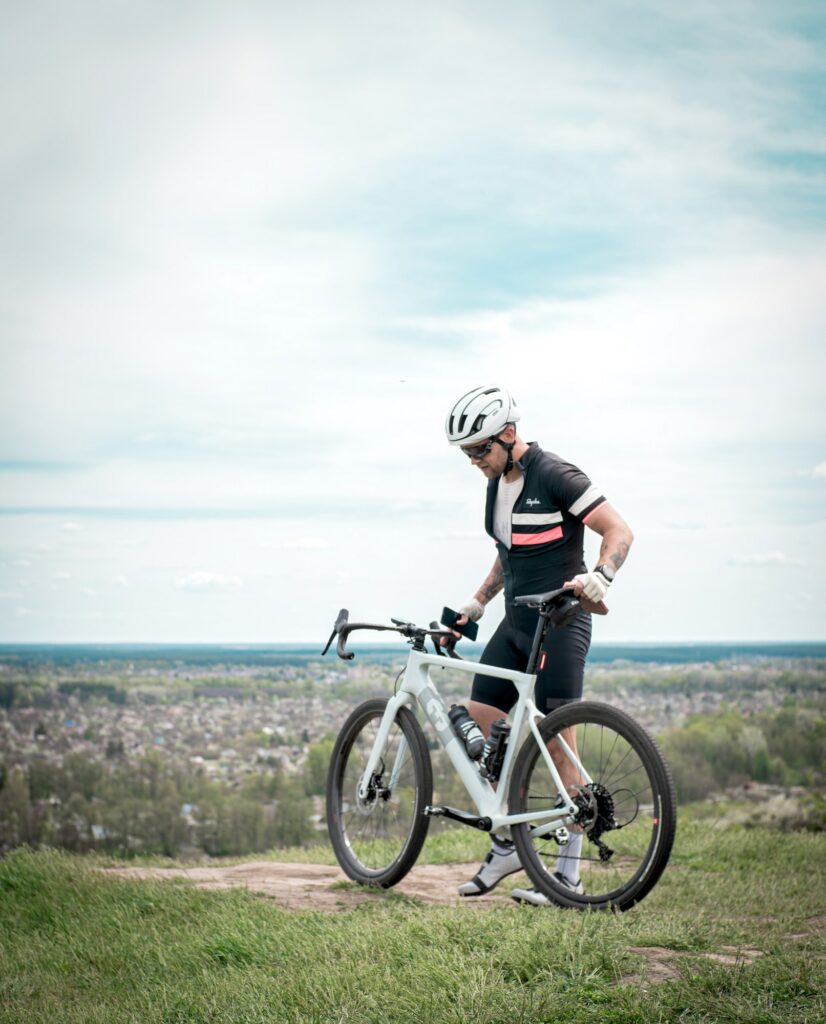A program, no matter how intelligent or well-designed or whether during the holidays or not, can only work if it is actually done
Photos by Kuchihige Saboten/Unsplash
The holidays are a rather difficult time to manage training. It might seem there is more time available but it’s more complicated than that.
For one, even with limited movement due to the pandemic, our free time is usually taken up by social events (whether physical or virtual), and the preparation work associated with it.
Furthermore, those with kids would agree that the “break” actually becomes more tedious for parents as kids are not preoccupied with schoolwork. This means more people to manage and worry about. Finally, the change in routine can be chaotic to those who are used to having a certain flow going. The workouts become erratic and thus often results in lack of motivation.
Luckily, there are ways to work around the holidays and it revolves around asking yourself one simple question: “Do I have more time available or not?” Your answer can lead to a few tips that can make a huge difference during the holidays.
Instead of jumping onto huge volume immediately, gradually ramp it up as you progress through the month
Yes, I have more time available
People who have more time suddenly ramp up the volume of their training, thus leading to either burnout or, worse, injuries. This overzealous mindset is often difficult to manage as completely negating it is counterproductive as well.
The solution lies in making a strategic plan when it comes to load management. Instead of jumping onto huge volume immediately, gradually ramp up volume as you progress through the month. It’s also wise to keep intensity consistent (or even dial it down a notch) as you accumulate more miles.

It’s also important to include easy days between high volume stretches as this can help your body absorb the training. Lastly, it’s important to understand why you are doing more volume. Is it to lose weight (or at least keep weight gain at bay), improve endurance, or prepare for a more aggressive buildup the following year?
If you ask yourself these questions (and answer them honestly), then you can make better decisions in the long run. Remember, overloading is important for adaptation but doing too much can result in problems as well.
No, I don’t have enough time
This is a common problem people face and the way you tackle it can lead to success or failure. First of all, you need to take a top view approach to the whole situation. Is time really unavailable or are you just inefficient in how you handle it?
You can try and free up some time by doing the following: prioritizing workouts at the start of the day, replacing idle time (like TV time or video game sessions) with workout sessions, or making workouts a family activity for bonding and motivation.
These solutions make a huge difference in time management and can already answer all your problems (even after the holiday break). If this isn’t enough, maybe it’s time to rethink the approach.
At the end of the day, a program, no matter how intelligent or well-designed, can only work if it is actually done
Yes, volume is important but that’s not the only factor in the equation. I’ve found that as long as you have a sufficient aerobic base, increasing intensity can lead to significant gains.
For example, if you’ve already done all the Zone 2 work leading up to December, adding some harder Zone 3 or Zone 4 sessions can help you break out of a plateau and translate to better training sessions the following year.
Just remember to keep your sessions as close to real-world demands as possible. While some anaerobic work can be useful for building fitness, it becomes questionable when talking about specific preparation for an Ironman.
It would also help to be realistic with the program you plan out. If you don’t have time to workout every day, design (or ask a coach to design) a program that is doable yet still aligned with your goals.
At the end of the day, a program, no matter how intelligent or well-designed, can only work if it is actually done. That means you need to both work around your schedule, and make sacrifices to make it work.
Have some training questions, feedback or suggestions for future articles? Drop a note in the comments section below or on Facebook, Twitter or Instagram. You can also get in touch with Don directly here.